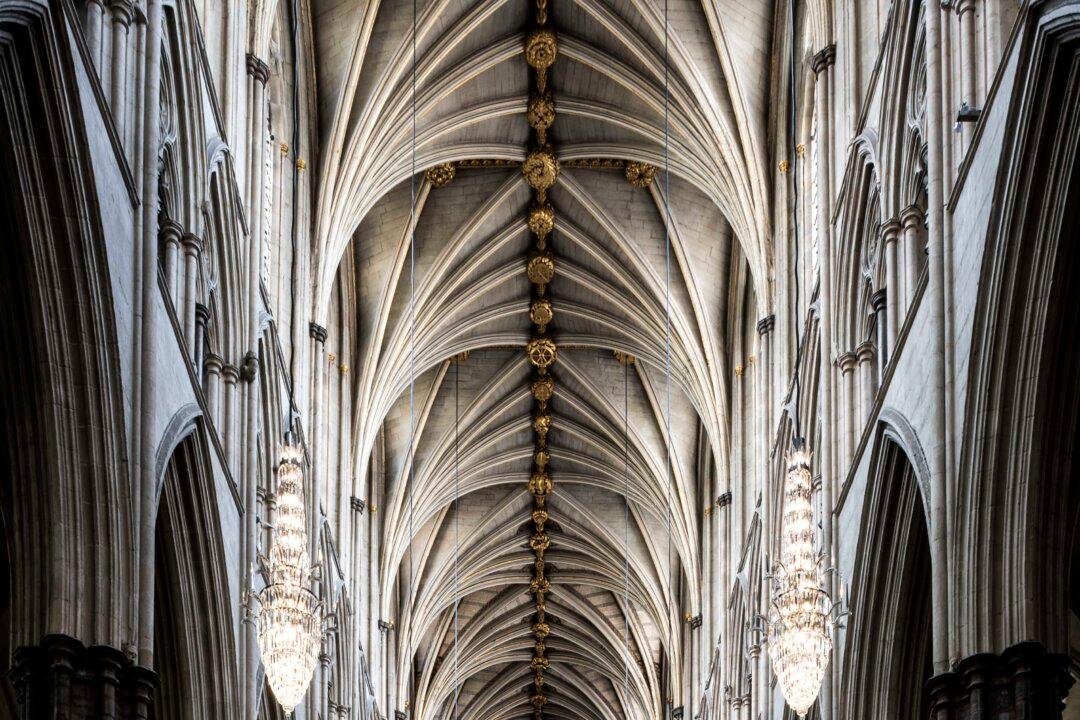Nov. 11, 2020, marks 100 years since Britain’s Unknown Warrior was buried at Westminster Abbey in London, to honor all those who lost their lives in World War I.
Britain had suffered mass bereavement, with over 700,000 men being killed in the war and hundreds of thousands of those men recorded as missing in action, explained National Army Museum curator Justin Saddington in an email.






